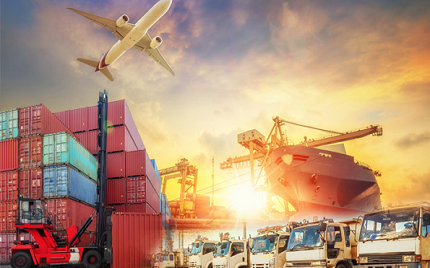In 2002, the World Bank released its report on India Post, exploring the new opportunities and threats the future holds for India Post, from the time the report was released. Around 10 years later, India Post announced its plan to partner with e-commerce providers in 2013, to increase its business opportunities in search of a possible avenue for profits. India Post, is one of the biggest Public organizations in the country, with over a million employees and over 1,50,000 centres of operation.
The icing on the cake is that, more than 80% of the centers are present in rural areas. This provides India Post with the unique opportunity to reach out to the rural masses with e-commerce and other related e-services which the retailers are unable to service as they do not have a presence in most of the rural locations. Whether India Post took a cue from the World Bank report or it simply followed the path of other Postal Dept. in the world, this a leap made in the right path.
India Post is a Pioneer in the connecting to the Last Mile, especially in the non-urban regions. The organization, which was established in 1883, operates in all the 19100 PINCODES, the only such service in the country. Starting as a dedicated postal delivery, it evolved, albeit at a slow pace, to incorporate services such as speed post and Postal savings, but a large part of the infrastructure remained untapped. The Postal Dept. has actually been proactive, computerizing since the early 1990’s and including e-services in its portfolio for more than a decade ago. Yet, it lacked the vision to penetrate the changing market, especially outside the traditional postal services.
Now, with the e-commerce delivery services being targeted, it seems like India Post has finally come to terms with the digital world. The India Post’s vast potential has never been questioned. No one can match their reach and penetration; not without a significant influx of money and effort, which, may not necessarily yield the expected results. Mainly in case of their last mile capability, India Post has one of the best infrastructures to service country-wide, even the poorly connected, otherwise inaccessible locations. The idea to have a Delivery Office in each PIN Code makes is ingenious, though, is a system followed world-wide by most Postal Departments. This reach has only now been realised by the e-commerce giants as they strive to take their delivery centres closer to the customers. Imagine the Postal department having the same infrastructure in place half-a-century earlier!
The requirements for the traditional delivery services have been falling consistently for the past 3 decades and India Post has been forced to innovate in order to survive. The department even has representation in the Indian Civil Services, with a separate cadre (IPoS). The think tank and the management has been trying out several new services as well as improving infrastructure and ramping up the digitising process such as DARPAN to improve growth in the rural segment. Issues with tracking and uniform cost structures are being evaluated as the e-commerce drive is attracting more and more players. There are plans to implement RFID tracking, improved customs processes and use of connected devices and delivery tracking facilities.
The shift from India Post is not just a revenue generator, but can potentially be the game changer for the e-commerce industry. Currently, the 20-30% accessibility is considered a great reach for e-commerce players. Collaborating with India Post, they can reach as close to achieving omnipresence. As the purchasing power in semi-urban and rural India grows steadily, the market widens and e-commerce players are looking for more avenues to service the new markets. Partnering with the private businesses will be advantageous to both the parties involved.
Even otherwise, several Governmental utilities that are deliverable by the Post. As the Postal Dept. is used for several occasions, especially in delivering couriers for the various government departments to postal ballot votes, there is room for further improvements. Utilities such as insurance, pension, domestic bill payments, local banking and other associated financial services among many others, can be added to the portfolio of India Post. Other than e-commerce, offering other e-solutions is another avenue for India Post in the future. Passport processing, Aadhar and other e-services are also being considered to be provided at Post Offices at various parts of the country.
Despite these moves, there are multiple other government sectors, which can effectively use the Postal services. These opportunities do not materialise mainly due to the regulatory barriers and the lack of autonomy in India Post. The revenue of India Post has been falling considerably, but with the fiscal deficit crossing the Rs. 10,000cr (Rs. 11970cr) mark in 2016-17. It is time for India Post to leverage the potential that has been left idle over a long period of time.










